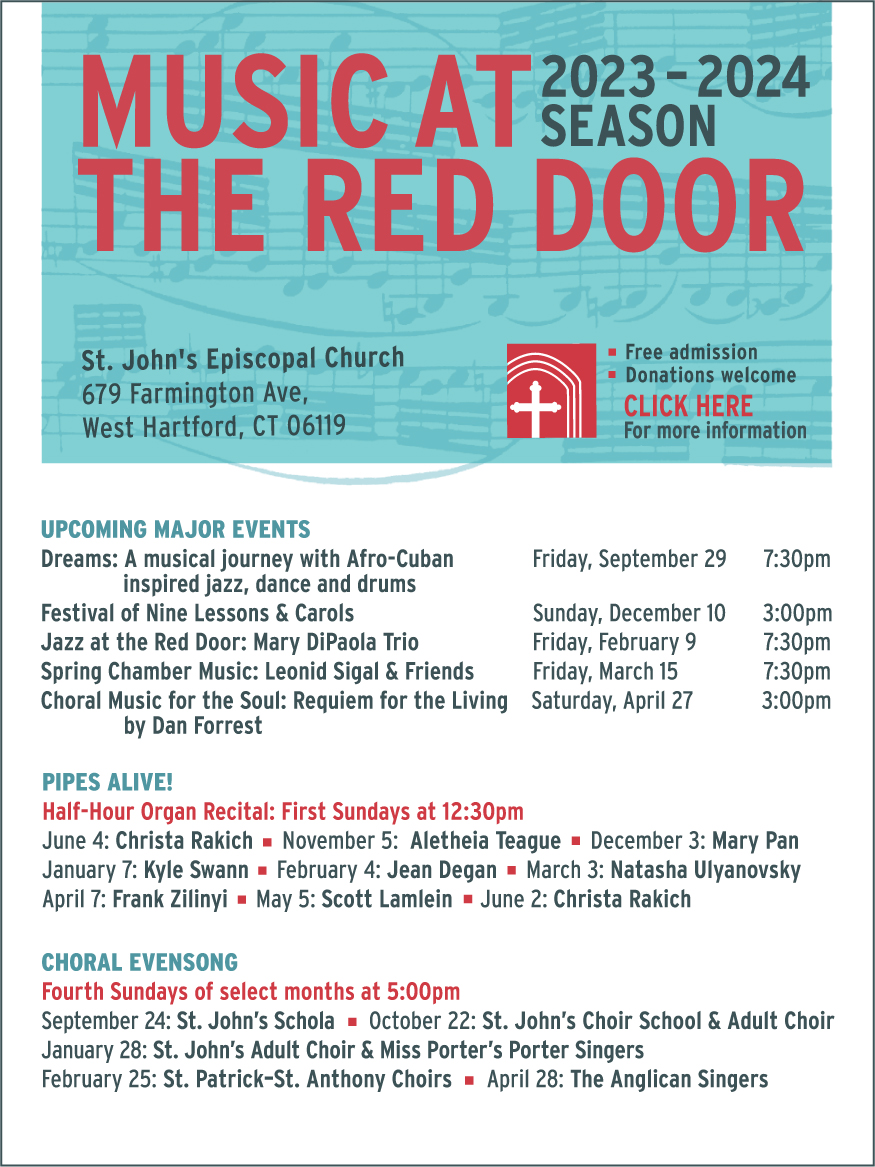World Premiere: March 13, 1845
Most Recent HSO Performance: January 9, 2011
Instrumentation: 2 flutes, 2 oboes, 2 clarinets, 2 bassoons, 2 horns, 2 trumpets, timpani, and strings: violin I, violin II, viola, cello, and bass
Duration: 26'
“I would like to compose a violin concerto for next winter,” Mendelssohn wrote in July 1838 to his friend, the violinist Ferdinand David. “One in E minor keeps running through my head, and the opening gives me no peace.” It was for David that Mendelssohn planned and wrote his only mature Violin Concerto. Their friendship began when the two first met at about the age of fifteen while the young violinist was on a concert tour through Germany and they discovered that they had been born only eleven months apart in the same Hamburg neighborhood. Already well formed even in those early years, David’s playing was said to have combined the serious, classical restraint of Ludwig Spohr, his teacher, the elegance of the French tradition and the technical brilliance of Paganini. Mendelssohn, who admired both the man and his playing, appointed David concertmaster of the Leipzig Gewandhaus Orchestra when he became that organization’s music director in 1835. They remained close friends and musical allies. When Mendelssohn’s health was feeble, David looked after much of the routine activity of the Gewandhaus, where he spent 37 years, and he even stepped in to conduct the premiere of Mendelssohn’s oratorio St. Paul when the composer was stricken during a measles epidemic in 1836. Two years later Mendelssohn expressed his appreciation to David: “I realize that there are not really many musicians who pursue such a straight road in art undeviatingly as you do, or in whose active course I could feel the same intense delight that I do in yours.”
Despite his good intentions and the gentle prodding of David to complete his Violin Concerto, Mendelssohn did not get around to serious work on the score until 1844, after he had fulfilled numerous other composition and conducting commitments, including a particularly troublesome one as director of the Academy of Arts in Berlin. The requirements of that position — which included composing the incidental music to A Midsummer Night’s Dream — occupied much of his time, and it was not until he resigned from the post in 1844 that he was able to complete the Violin Concerto. He worked closely with David while composing the piece, inviting his suggestions about both the technique of the soloist’s part and the suitability of the music as a vehicle for the violin, not least their shared concern that the violin part “could be executed with the greatest delicacy.” He deferred to David in most of the technical questions, and it seems that David himself was responsible for the work’s single, finely crafted cadenza.
Both men had a contempt for the empty showpiece concerto of the early Romantic era that contained little more than what Mendelssohn called “juggler’s tricks and rope dancer’s feats.” It was therefore probably inevitable that this Concerto should emerge as a serious musical creation. David thought that it would be an excellent companion to Beethoven’s Concerto; the eminent English musicologist Sir Donald Tovey wrote, “I rather envy the enjoyment of anyone who should hear the Mendelssohn Concerto for the first time and find that, like Hamlet, it was full of quotations”; Jascha Heifetz (who recorded the Concerto on a Guarnerius violin that David owned) was once prompted by the work’s undiminished popularity to say that “it is always retired at the end of one season, and revived at the beginning of the next.” Louis Biancolli summarized the character of this work of Mendelssohn’s maturity, completed only two years before his death at the age of 38: “In classical poise, melodic suavity, and refined romantic feeling, it is an epitome of his style.... Finesse, cultivated taste, and an unerring sense of the appropriate were among his chief attributes.”
The Concerto opens with a soaring violin melody whose lyricism exhibits a grand passion tinged with restless, Romantic melancholy. Some glistening passagework for the violinist leads through a transition melody to the second theme, a quiet, sunny strain shared by woodwinds and soloist. More glistening arabesques from the violinist and a quickened rhythm close the exposition. The succinct development section is largely based on the opening theme. In this Concerto, Mendelssohn moved the cadenza forward from its traditional place as an appendage near the end of the first movement to become an integral component of the structure, here separating the development from the recapitulation. It leads seamlessly into the restatement of the movement’s thematic material and the exhilarating closing pages.
The thread of a single note sustained by the bassoon carries the Concerto to the Andante, a song rich in warm sentiment and endearing elegance. This slow movement’s center section is distinguished by its rustling accompaniment and bittersweet minor-mode melody. A dozen measures of chordal writing for strings link the Andante to the finale, an effervescent sonata form that trips along with the distinctive aerial grace of which Mendelssohn was the undisputed master.
In 1906, one of the 19th-century’s greatest violinists and an ardent exponent of Mendelssohn’s Concerto, Joseph Joachim, told the guests at a party in his honor, “The Germans have four violin concertos. The greatest, the one that makes the fewest concessions, is Beethoven’s. The one by Brahms comes closest to Beethoven’s in its seriousness. Max Bruch wrote the richest and most enchanting of the four. But the dearest of them all, the heart’s jewel, is Mendelssohn’s.”
©2022 Dr. Richard E. Rodda


